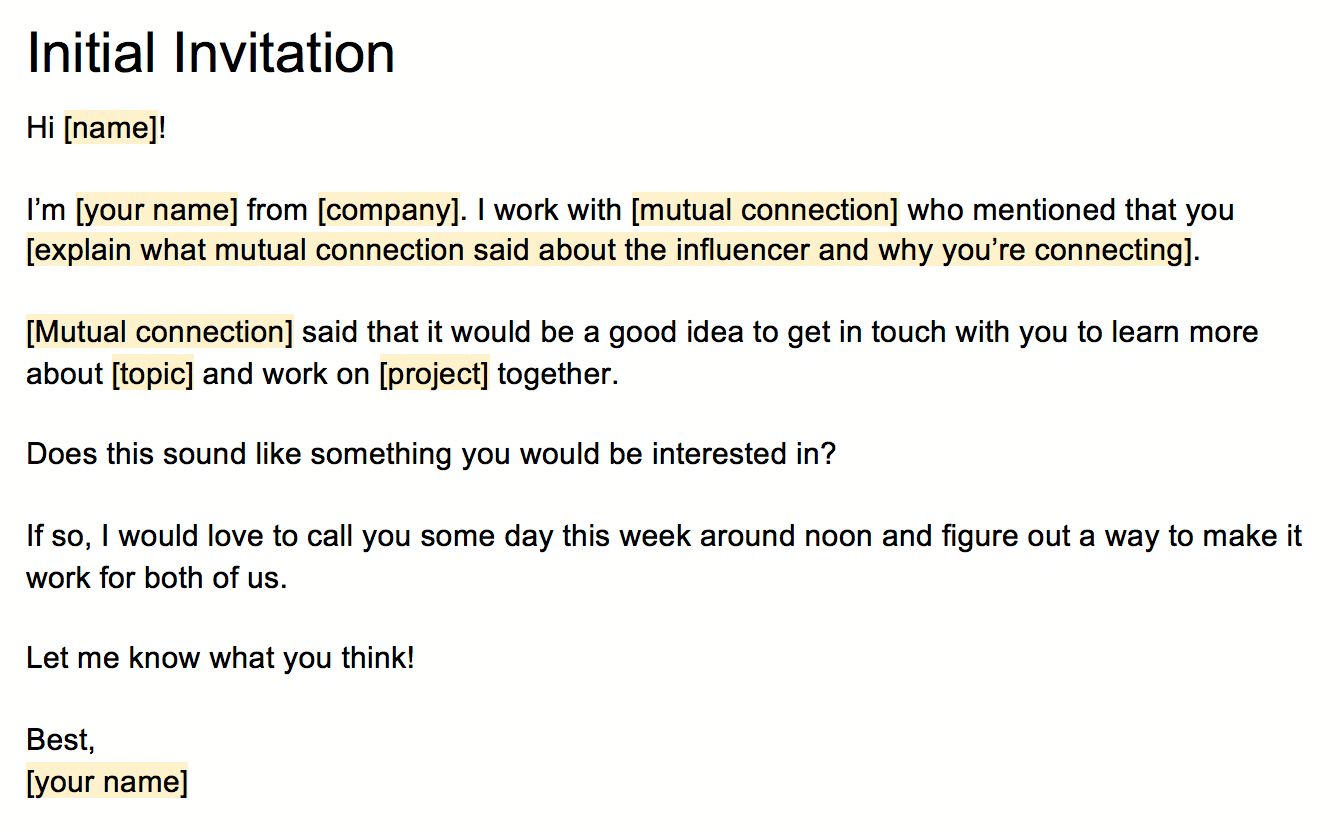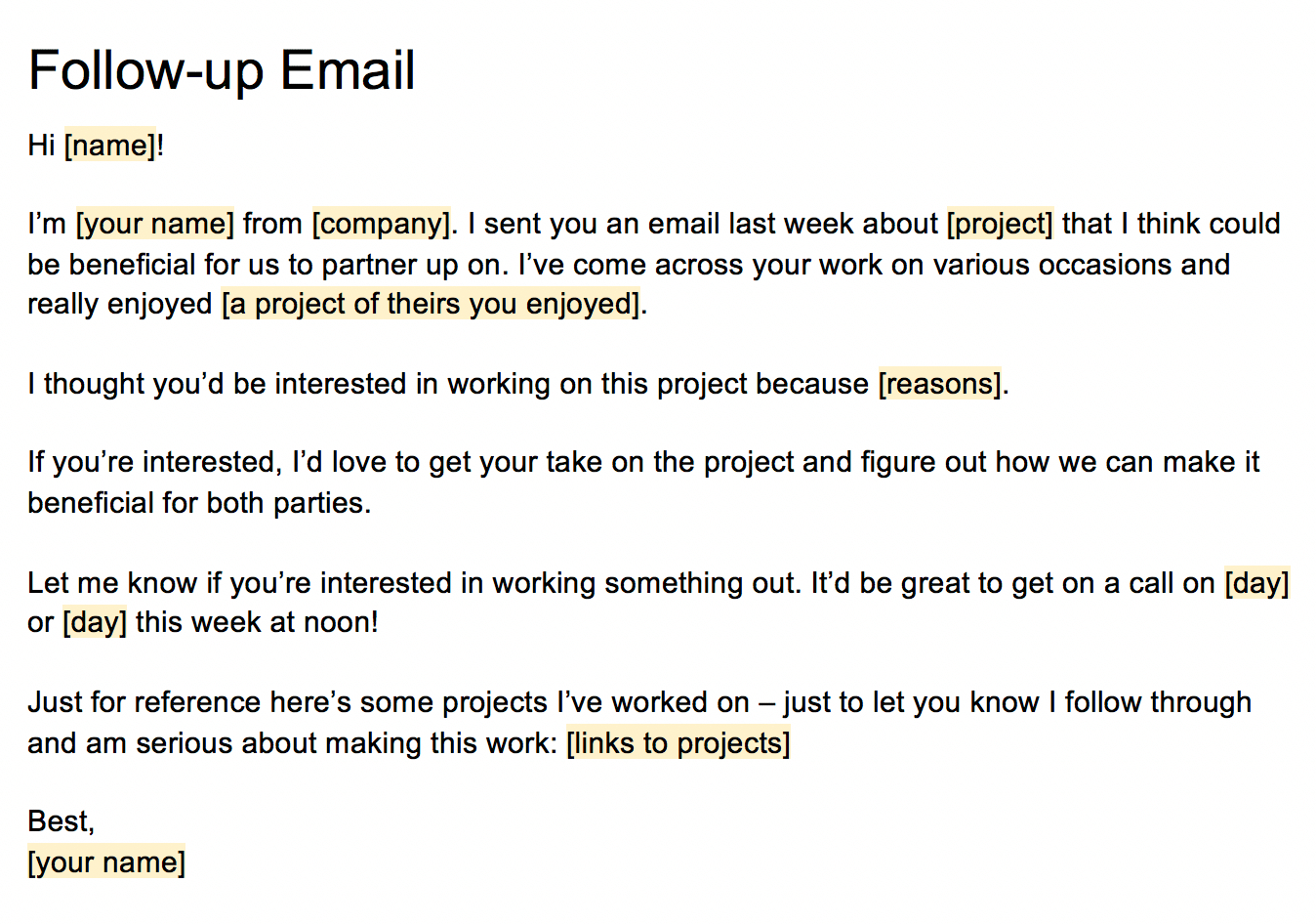Influencer marketing is a billion dollar industry, but the spoils only rain upon the best-prepared teams. Throwing money away blindly quickly leads to a black-hole investment with low to no ROI.
Major celebrities like DJ Khaled and your favorite Kardashian charge hundreds of thousands of dollars to be featured in a post to their millions of Snapchat, Instagram, and Twitter followers. Reaching out to influential people has long been a marketing tactic, but it has come to mean “celebrity influencers,” which is a different thing. Sure, a shoutout from DJ Khaled may get you some sales, but not everyone has the money to spend. And his broad appeal may not reach the audience you’re looking for. DJ Khaled endorsing your law firm on Snapchat, for example, isn’t the best use of of your marketing spend.
Rather, targeting specific micro-influencers can easily reach the same volume of people as a celebrity and for a much cheaper cost. And these influencers may have more influence in their niche circles as they’ve built a loyal and interactive following.
Before jumping on the influencer bandwagon, be sure you understand the market and how to play it…
1. Have a Game Plan
Determine your budget, KPIs, publishing schedule, rates, and rewards. More specifically, consider the following (source: salesandorders):
- Work with both macro- and micro-influencers. On the one hand, macro-influencers can expose hundreds of thousands of individuals to your brand with a single post; on the other, “niched down” micro-influencers can get your brand in front of individuals who have a high probability of immediately becoming paying customers.
- Repost and share influencers’ posts featuring your products on your own social media pages, as well. This can allow you to engage with followers in the comments section on your “home base” rather than on just on your influencers’ pages.
- Use discount codes that relate to specific influencers (e.g., “lizaherlands15” in the example above). This will enable you to see which of your influencers are most effective at driving paying customers to your online store.
2. Research Your Target Demographic & Find the Right Influencers
Understanding the social platforms your target demographic is most present in will help you with outreach and building the right relationships. More importantly, deeply knowing the triggers of your target demographic will also help you build an effective influencer marketing strategy.
TapInfluence found 67.6 percent of marketers have difficulty finding relevant influencers. There are several ways to learn who’s popular on which platforms. When using these tools, search for people who have active followings, as you can often spur a discussion with a few strategic placements.
One great way is to perform a Google search for keywords related to your business. A furniture company, for example, could search for articles on furniture, home decorating, interior design, even discount furniture. People writing articles ranking high in Google can then be found on social media to check their followings.
You can also search those keywords within platforms like YouTube, Twitter, or Pinterest to find people with a following interested in furniture. Facebook groups are another great place to reach influencers. You just need to determine the true reach of influence across all platforms.
3. Reach Out and Build Relationships
Once you’ve zeroed in on the right influencers, the next step is to reach out to them and introduce yourself, your brand, and propose a partnership. Here are a couple of example templates I pulled from Mention:


4. Be Transparent
Engagement is the new impressions, and the promotion only works if it’s amplified through all marketing channels. Be honest with influencers about what role they play, expectations you have, and the goals you are trying to achieve.
Further, you’ll want to ensure that influencers in your program are authentic without fluff reviews. Doing so will help drive brand connections, real endorsements, views, shares, site traffic, and ultimately, sales.
5. Push for Quality over Quantity
Focus on working with quality influencers who have a loyal following with high engagement. Being cognizant of this will also ensure that you are partnering with influencers that will align your goals with theirs. When you do narrow down your pool of influencers, your ability to align content and product updates will be easier as well.
A key takeaway here is that you strive for a mutual benefit. Designing a solid influencer marketing program means that both sides are comfortable with the terms and conditions. Make sure that the program is a real win-win. Swag is not a motivator. Influencers within any industry are keen to partner but when the relationship enables both sides to succeed.
Final Thoughts
Influencer marketing can be profitable, but only when done right. A targeted campaign meant to reach influential people can genuinely amplify brand messaging. More specifically, it can take time to build out the right program to ensure that you are providing desired rewards without sacrificing profit margins, brand consistency, and authenticity.
Lastly, here are a few resources worth leveraging:






2 Responses